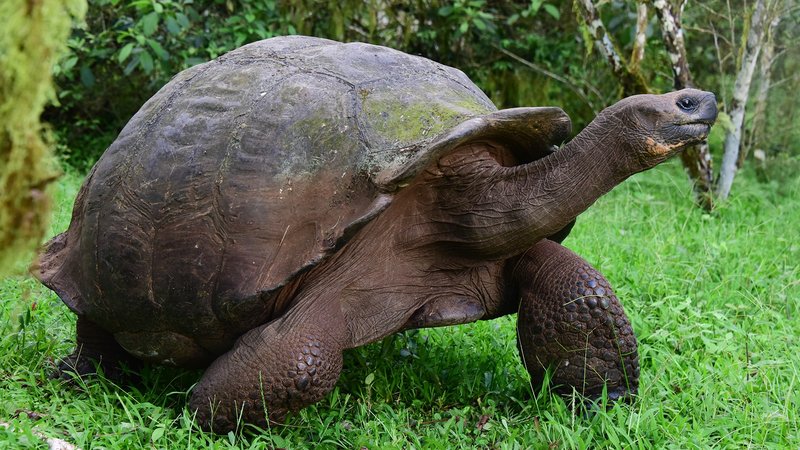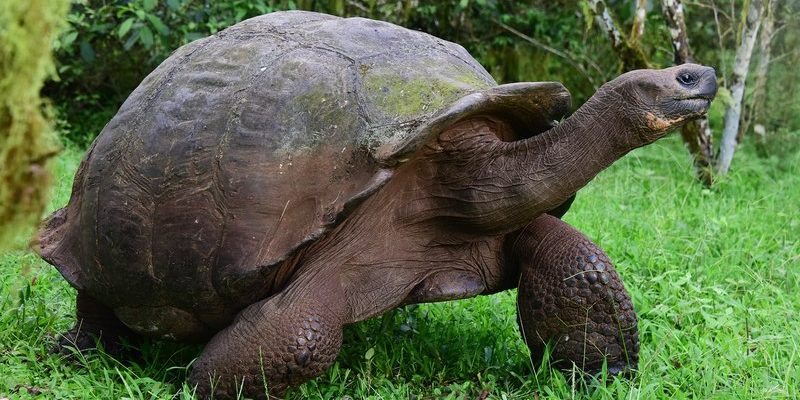
The Galápagos tortoises, native to these remote islands, are not just a symbol of evolution—they’re a remarkable example of how life can endure. From arid scrublands to lush highlands, these tortoises navigate their harsh surroundings with a set of traits and behaviors that keep them going. So, let’s dive into the world of these tortoises and explore how they manage to survive where many might struggle.
Understanding Their Habitat
The Galápagos Islands are no walk in the park. The climate can be tough, with dry areas that often lack water and vegetation. Yet, Galápagos tortoises have adapted beautifully. They inhabit different zones across the islands, each offering unique challenges. In the lower regions, you’ll find arid landscapes with sparse bushes and grasses, while higher elevations boast more lush vegetation.
One fascinating adaptation is the tortoises’ ability to *sense* their environment. They have a keen sense of smell, which helps them locate scarce food sources. Imagine wandering through a dry landscape and being able to sniff out a refreshing meal miles away! This skill is crucial, especially during the dry season when food becomes even more limited.
Types of Galápagos Tortoises
There are several species of Galápagos tortoises, each adapted to their specific island environment. For instance, the saddle-backed tortoises, like those found on Española Island, have evolved long necks, allowing them to reach high vegetation. In contrast, the dome-shaped tortoises, found on islands like Santa Cruz, thrive in areas with more abundant ground-level plants.
These adaptations aren’t just random. They’re the result of generations of evolution, demonstrating how species can change over time to suit their surroundings. Just think of it as nature’s way of customizing a creature to fit its home.
Water Conservation Techniques
Water is life, especially in dry environments. Galápagos tortoises have evolved remarkable ways to conserve water, which is a game-changer in their arid habitats. They can go for an impressive amount of time without drinking. Some tortoises can survive for months by using water from the plants they eat.
Their large bodies also play a significant role. The tortoises can store up to 20% of their body weight in water. When they finally do find a drinking source, they can gulp it down quickly, replenishing their reserves. It’s like having a built-in water tank!
In addition, tortoises have a special ability to tolerate dehydration. They can endure losing a significant amount of their body water without severe health effects, a quality that many animals simply don’t possess.
Diet: Master Foragers
What do these giant tortoises eat? Their diet is surprisingly varied and plays a big part in their survival. Primarily, they feast on grasses, fruits, and cacti. Each meal is a strategic choice based on what’s available in their environment.
During the rainy season, they munch on lush grasses and leaves. When the sun scorches the land, they switch their focus to more resilient plants, like cacti, which store water. This flexibility in diet helps them thrive, even when conditions are less than ideal.
Interestingly, their foraging habits also help with seed dispersal. As they move around, they eat fruits and drop seeds in different locations, supporting plant growth throughout the islands. It’s a win-win situation: they get nourishment, and plants can thrive.
Behavioral Adaptations
Behavior plays a huge role in how Galápagos tortoises manage their tough lives. These tortoises are known to be quite social during certain seasons, congregating in groups to mate or bask in the sun.
When it comes to temperature regulation, they have some clever tricks up their sleeves. During the heat of the day, they retreat to shaded areas or burrow into the earth to cool off. At night, they’re often found basking under the stars, soaking in the warmth of the sun for the next day—like recharging their batteries for the challenges ahead.
Also, they’re known to be patient. By moving slowly and conserving energy, they ensure they can maintain their strength for long journeys in search of food or water. It’s all about balancing energy and survival—a lesson we could all learn from!
Protection from Predators
In any harsh environment, threats from predators exist, and the Galápagos tortoises are no exception. Their shells serve as their primary defense mechanism. Imagine carrying around a portable fortress! When danger approaches, they can retreat into their hard shells, naturally protecting themselves from attacks.
However, young tortoises are particularly vulnerable. While adults can withstand most threats due to their size, hatchlings have to rely on camouflage and being swift—at least for a tortoise. By blending into their surroundings or hiding under brush, they increase their chances of survival.
Moreover, conservation efforts are vital in protecting these magnificent creatures from introduced predators like rats or feral pigs. These programs focus on habitat restoration and population monitoring, ensuring that the tortoises can thrive without the fear of being wiped out.
Conservation Efforts and Future Outlook
Despite their impressive survival adaptations, Galápagos tortoises face significant threats, mainly due to climate change and human activity. Conservationists are working tirelessly to protect their habitats, ensuring that these ancient giants continue to roam the islands for generations to come.
Efforts include breeding programs, habitat restoration, and education for locals and tourists. By raising awareness, we can help promote sustainable practices and reduce the impact on these delicate ecosystems.
The future of Galápagos tortoises remains uncertain, but with ongoing conservation efforts and the resilience they’ve shown over millions of years, there’s a glimmer of hope. Their story is a testament to survival, adaptation, and the importance of preserving our planet’s biodiversity.
In the end, observing the Galápagos tortoise is like watching nature’s wisdom play out. It’s a reminder that even in the harshest conditions, life can flourish with the right adaptations and a little help from committed individuals.
By understanding how Galápagos tortoises survive, we not only appreciate their unique qualities but also grasp the importance of protecting these remarkable creatures and their habitats. After all, their presence is a vital part of what makes the Galápagos Islands so extraordinary.

